A Beginner's Guide to Jewelry Photography

Yes guys, this is a beginner's guide. Some of us aren't even pro at photography, let alone jewelry photography. So, let's get our basics right first. We know how notoriously tough jewelry photography can be, whether its gemstone necklaces or diamond rings, their smooth, shiny surfaces can cause chaotic reflections. The jewelry's size and the high magnification that is required makes it difficult to achieve sufficient depth of field. But no worries, we will help you gauge those necessary yet basic skills for jewelry photography so that you can try them yourself.
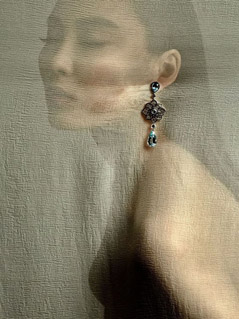
This blog will help you prep your props and materials, you know I talked about basics earlier. Thereafter, go to the tricky and frustrating part of actually photographing. We'll go easy on you.
PART A: The Props and Material you need
Window and Natural Light:
Say no to the camera flash and use natural light instead. With the camera flash, jewelry will reflect the bright light. The result would be harsh shadows in the background and white light spots. You don't want that. So, take the pictures in natural sunlight. Use the sun as an indirect light source and place the product near a window. Do this during the day. You might need to diffuse the light so use a white sheet or piece of paper to cover the window or any other color that would change the color of light.
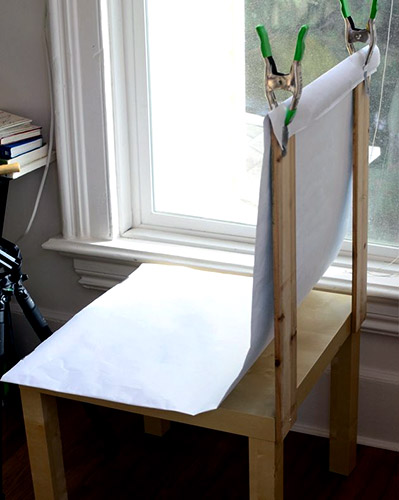
White sheet or paper for the backdrop:
As we know that the reflective property of the jewelry tends to absorb colors, except white. Stick to the white backdrop to avoid altering the color of the product. When it comes to taking good images of any product, jewelry has the size advantage. There would no requirement of stretching the paper from wall to wall, simply use a piece of paper and fold it in half so that it stands up. That's it. So simple.
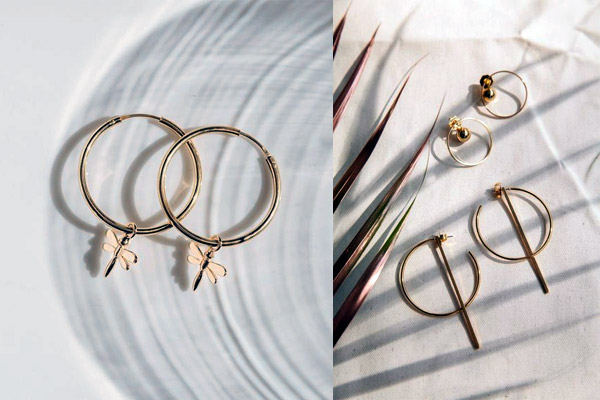
Camera and the Tripod:
That matters more here is the lighting, as long as you have good lighting all modern camera phones are good enough. Don't stress over the megapixels, it doesn't matter how big your picture is unless the picture is to be displayed on the side of a building. A compact camera will be better than a smartphone and a DSLR would any day be the better choice.
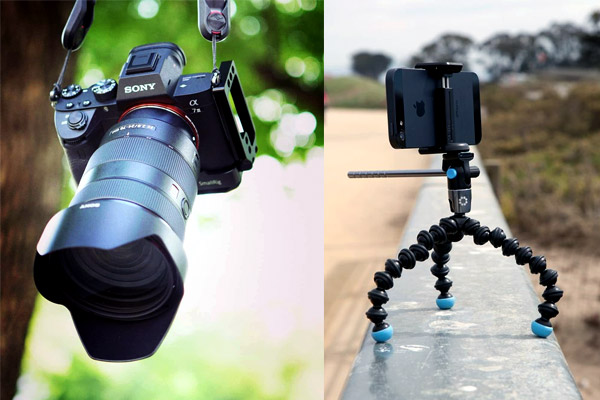
You need a tripod to avoid the blur that is generally found while clicking pictures with hand. It also keeps the focus right.
Cardboard:
With cardboard, you can create a jewelry clipboard. The simple steps involve covering a piece of cardboard with white paper and pinning or taping the ends of your necklace to the back. You can adjust the length of the chain. The pictures come out really well when taken from the front. We told you about white paper earlier. It's damn essential!
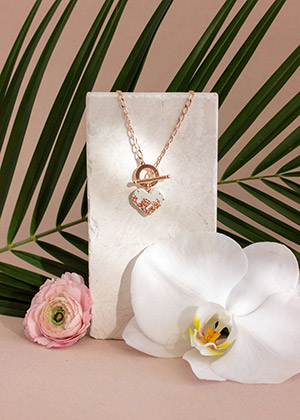
Double-Sided Tapes, Glue dots:
When it comes to photographing a ring, double-sided tapes and glue dots come in real handy. You can get a nice angle by making the rings stand up horizontally and then photographing them.
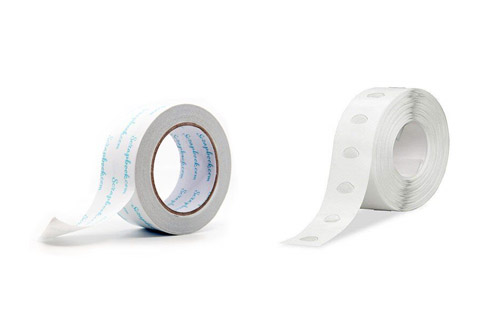
String:
We definitely need the string attached here. For those dangling earrings, what else. You can use a fish string or thread to show those earrings off. Fold the cardboard in half and stretch the thread from one panel to another. Make sure your dangling earrings have stopped moving before you go clickety-click. You are that smart. I trust you.
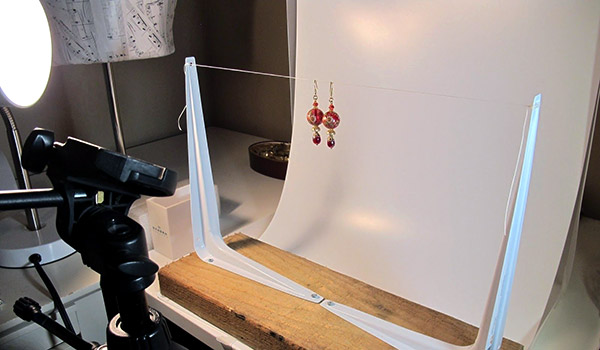
Moving on, now we'll throw light on how to capture the good clicks. Disclaimer, now these pictures won't turn out 'magazine quality', come on, we are still amateur here. Get the basics first. Remember? Try to master these steps and your skills will definitely improve.
PART B. Photographing methodology
Use a Macro Lens:
Now in case you are out choosing camera lens, we would recommend buying a macro lens with a focal length of 60mm. This focal length would assist in obtaining half-life size magnification (0.5x). More expensive ones provide life-size magnification (1:1). Be it a DSLR or Mirrorless camera, they come with a lens kit with a focal length of 18-55mm. While these lenses are perfect for capturing daily moments, when it comes to photographing jewelry, they aren't the apt kind, especially for rings and earrings. With a 60mm macro lens you could set up your camera from a small distance of the object and you'll get magnification that is half size. A beauty!
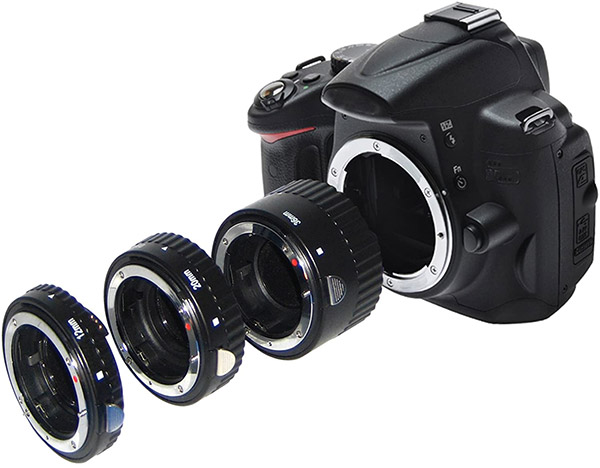
Sturdy Tripod Stand:
You don't know but I know, camera shake is a photographer's worst enemy. So, what do you do to take that scare away? You buy a tripod stand. What kind you'll ask. Okay. 3 Important things to remember when buying a tripod. Look for a kind that has a removable tripod ball head with an Arca Swiss compatible ball head and a spirit level either on the legs or tripod head.
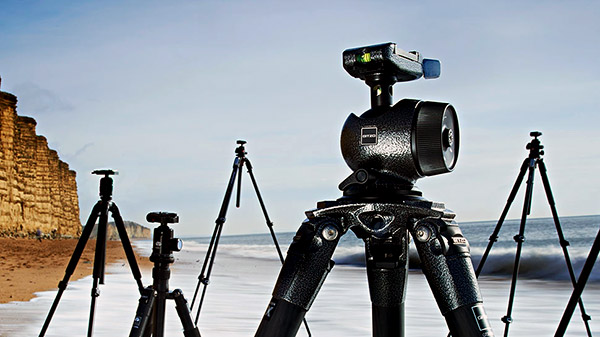
Why am I mentioning such terms is because firstly, with a ball head you get your desirable angle owing to its fluid movement and while the head is unlocked, it'll easy for you to adjust your camera freely. Secondly, the Arca Swiss Tripod compatibility helps slide your camera directly on top of the tripod ball head with quite ease, and thirdly the spirit level is required to determine when the tripod is at a level. Easy peasy.
The Lighting:
If the lighting isn't perfect, you will never get that satisfying click. One way is to use natural light, but the sun sometimes can be untrustworthy. So, a great many people depend on fake studio lighting. I would recommend a nice softbox. They're large lights on a stand inside a pyramid-shaped enclosure covered in material. There are loads of options on softboxes you can purchase online that work superbly. Softboxes are ideal for gems photography as you can move them around and get them at an entirely sensible cost. It is very handy and can be moved with minimum effort. Softboxes are incredible, as they diffuse the light so it's not all that cruel, making the shadows milder and giving a charming look to the picture.
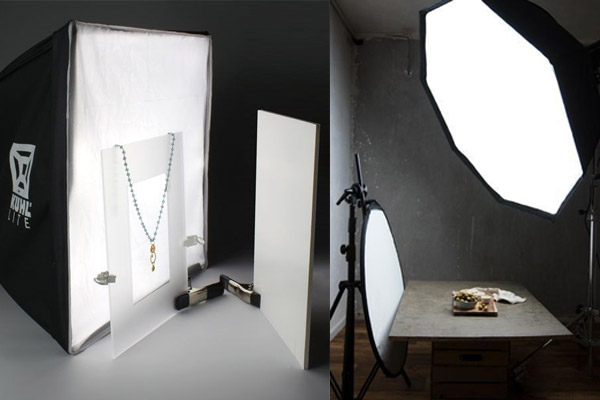
On the off chance that you don't have the spending budget or the space for a softbox, you can even utilize desk lamps and diffuse the light by sparkling the light through a piece of paper or a sheet. The best experience will accompany practice - so attempt various lights, various methods of softening them, and various directions to point them.
Adjust your Aperture and keep the focus correct:
When you use a macro lens for your jewelry photography, don't fool yourself into thinking that a wider aperture (f2.8 or f4) will make the pictures look brighter. To get the best results when photographing in Aperture Priority (Av or A mode on camera) select an Aperture of f11 or f16. These smaller apertures tend to produce fewer bokeh images which are better for photographing the full detail on a piece of jewelry.
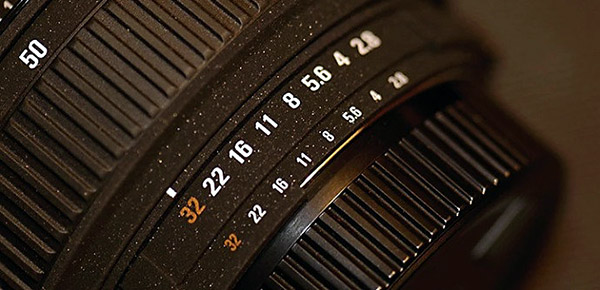
Now that you've read through and understood the basics. Well, I'm assuming you have. All you need is practice. So, stop stressing and get clicking!




Comments
No comments yet.
Add Your Comment
Thank you, for commenting !!
Your comment is under moderation...
Keep reading luxury post